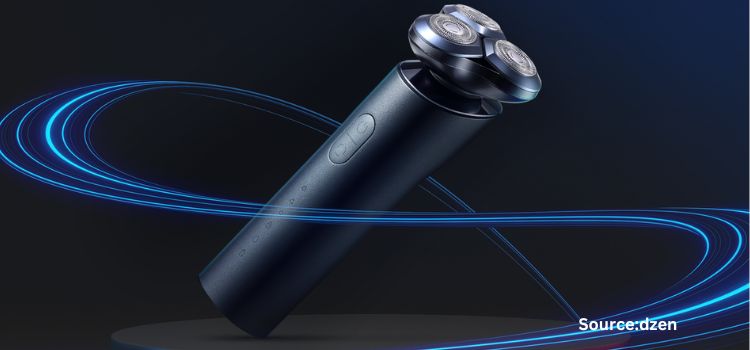
Consumer Audio Market by Type (Portable and Non-Portable), Product Type (Speaker and Soundbar, Microphones, Headphones, Headsets and Earphones), by Connectivity (Wired (Auxiliary, USB Cables, and Others) and Wireless (Bluetooth, Wi-Fi, NFC (Near Field Communication), and Others), by Price Range (Budget, Mid-Range and Premium), Distribution Channel (Online and Offline), and by End-Users (Personal, Professional, and Industrial)–Global Opportunity Analysis and Industry Forecast 2025-2030
US Tariff Impact on Consumer Audio Market
Trump Tariffs Are Reshaping Global Business
Consumer Audio Market Overview
The global Consumer Audio Market size was valued at USD 100.24 billion in 2024 and is predicted to reach USD 219.22 billion by 2030 with a CAGR of 13.9% from 2025-2030.
The factors such as growing technological advancement, inclination towards smart home systems connected with high-end audio devices and rise in gaming enthusiasts drives the market growth.
However, the built-in audio devices those are already integrated in smartphones, TVs and others acts as restraining factor for the market. On the contrary, integrating audio devices with AI algorithm technologies offers promising future opportunity to enhance the market.
Moreover, top players namely, Sony India, Apple Music and others are taking initiatives involving product launch and collaborations in order to enhance their market position and expand product offerings.
These initiatives drive innovations and adoption in the market, creating an efficient digital ecosystem. Advancement in AI technologies, those integrated in audio devices boosts the devices to be of highly user preference, and as the market matures, demand for audio equipment is undergoing a steady growth.
Technological Advancement in Consumer Audio Devices Propels the Consumer Audio Market Demand
The increasing technological advancement in audio devices is driving the consumer audio market growth worldwide as it allows for hands-free, seamless control of devices, making use of audio systems more convenient and inclusive.These advancements cater to various user needs, particularly individuals with disabilities, and improve overall device functionality.
For instance, in Feb 2024, SpeechWare introduced the KeyboardMike, a specialized microphone designed to enhance speech recognition accuracy for users who rely on voice dictation. Such rise in global technological advancement in audio devices are fuelling the growth of the market.
Smart Home Trend Amplifies Growth in Audio Devices
The growing adoption of smart home devices globally is driving the demand for wireless speaker devices as consumers seek integrated audio solutions for entertainment, security, and convenience within connected IoT environments.
According to reports published by the CEDIA (Custom Electronic Device & Installation Association) in 2024, the smart home installation market, valued at over USD 29 billion in 2025, is growing rapidly due to advancements in IoT and smart technologies. Integrated systems, including consumer sound solutions, play a key role in this expansion, enhancing home automation and entertainment experiences.
Rise in Demand for Gaming Boosts Demand for High-Quality Audio Gear
The rise in gaming industry growth creates a need for improved audio features, such as surround sound, noise cancellation, and low-latency response, prompting manufacturers to develop innovations that meet these demands.
According to reports issued by PwC in 2024, the worldwide gaming sector is projected to maintain its swift growth trend and may reach a valuation of USD 321 billion by the year 2026.
Built-in Audio Devices in Smartphones Hinders Growth of the Market
The integration of built-in audio systems in smartphones and TVs acts as a restraint on the consumer audio market by reducing the need for external audio devices. These integrated systems deliver premium sound quality that satisfies user requirements, reducing the need for standalone speakers and sound systems and consequently limiting the market expansion.
Integration of AI Create Future Opportunities
Integration of artificial intelligence algorithms in consumer audio devices allows these devices to understand user preferences and adapt automatically to various listening settings. This advancement is anticipated to propel substantial expansion in the market in the years ahead.
For example, in 2024, ByteDance introduced its AI-driven Ola Friend earbuds in China, incorporating the company’s AI chatbot, Doubao, that provides functionalities such as travel advice, language support, and companionship, all independently of a smartphone.
Market Segmentations and Scope of the Study
The consumer audio market report is segmented on the basis of type, product type, connectivity, price range, distribution channel, end-users, and region. On the basis of type, the market is bifurcated into portable and non-portable audio devices. On the basis of product type, the market is segmented into speakers and soundbars, microphones, headphones, headsets, earphones and others. Based on connectivity, the market is segmented into wired and wireless. Further the wired audio devices are subdivided into auxiliary, USB cables, HDMI (High-Definition Multimedia Interface) arc-based audio devices and others. The wireless audio devices are sub divided into Bluetooth, Wi-Fi (Wireless Fidelity), NFC (Near Field Communication) based audio devices and others. On basis of price range, the market is classified into budget, mid-range and premium. On the basis of distribution channel, the market is bifurcated into online and offline.Further the offline distribution channel is divided into specialty stores, consumer electronics stores, and hypermarkets/supermarkets. Based on end-users, the market is further bifurcated into personal use, professional use and industrial use. Professional use is divided into professional audio equipment is widely used in music production and recording studios, film and video post-production, broadcasting, and professional gaming and e-sports. Further, industrial is divided into industrial audio systems are extensively used in retail, hospitality, entertainment, and other large-scale environments. Regional breakdown and analysis of each of the aforesaid segments includes regions comprising of North America, Europe, Asia-Pacific, and Rest of The World (Row).
Geographical Analysis
North America dominates the consumer audio market share and is expected to maintain this position during the forecast period. This is due to increase in demand for smart homes for better convenience, security, and energy efficiency, is driving consumer interest in advanced audio devices.
As per reports of CEDIA in 2024, the U.S. smart home market, is valued at USD 29 billion for 2025, continues to grow due to advancements in IoT and technology adoption. The increasing need for smart home technology, propelled by IoT developments and consumer interest in convenience, security, and energy efficiency, is fuelling the expansion of the consumer audio market.
Additionally, the expansion of the music sector in the region is increasing the need for premium audio devices and promoting advancements in the consumer audio sector. The International Federation of the Phonographic Industry reports that Canada's music sector expanded by 12.19% in 2024, attaining USD 659.6 million in 2023. This rise is motivating additional customers to purchase premium products such as headphones and speakers to improve their audio experience.
On the other hand, the Asia-Pacific region is anticipated to experience steady growth in the consumer audio market during the forecast period. This is propelled by the growth of the gaming industry in the region, as gamers seek improved audio gear to elevate their gaming experiences.
A report from the Ministry of Commerce and Industry in 2024 forecasts that India's gaming sector will hit USD 8.92 billion by 2029, driven by increasing demand for mobile gaming and a rise in e-sports enthusiasm. This increase is enhancing the market, with gamers progressively choosing advanced audio solutions to elevate their gaming experience.
In addition, the rise in introduction of wireless technology in this region is fuelling demand for wireless audio devices by enabling seamless integration with smart devices, offering greater mobility and eliminating cable limitations.
For instance, in 2024, China's introduction of Star Flash in 2025, a wireless protocol integrating 5G and Bluetooth namely features, supports lossless stereo audio streaming and low power consumption. The universal remote standard enhances audio device connectivity and drives innovation in wireless audio, integrating seamlessly with the broader IoT ecosystem.
Competitive Landscape
Various key players operating in the consumer audio industry includes Bose Corporation, Sony Group Corporations, Sennheiser Electronic SE & Co. KG, Sonos Inc., VIZIO Inc., Samsung Electronics Co. Ltd., Koninklijke Philips N.V., LG Electronics, Yamaha Corporation, Bowers and Wilkins, Apple Inc, Panasonic Corporation, Bang & Olufsen, Harman International Industries, Incorporated., Pioneer Corporation, and others. These market players are adopting strategies such as collaboration and product launch to remain dominant in the market.
For instance, in 2024, Sony India launched the ULT POWER SOUND series, featuring powerful wireless speakers and noise-cancelling headphones. The series includes the ULT TOWER 10, ULT FIELD 7, ULT FIELD 1 speakers, and ULT WEAR headphones. These devices offer deep bass, enhanced sound modes, and features involving 360° party sound, karaoke options, and long battery life.
Moreover, in 2022, Apple Music collaborated with Mercedes-Benz to bring immersive Spatial Audio, supported by Dolby Atmos, to automotive. This feature is integrated into high-end Mercedes models, offering a premium music experience with multidimensional sound.
Key Benefits
-
The report provides quantitative analysis and estimations of the consumer audio industry from 2025 to 2030, which assists in identifying the prevailing market opportunities.The study comprises a deep-dive analysis of the current and future consumer audio market trends to depict prevalent investment pockets in the market.
-
Information related to key drivers, restraints, and opportunities and their impact on the market is provided in the report.
-
Competitive analysis of the players, along with their market share is provided in the report.
-
SWOT analysis and Porters Five Forces model is elaborated in the study.
-
Value chain analysis in the market study provides a clear picture of roles of stakeholders.
Consumer Audio Market Key Segments
By Type
-
Portable
-
Non-Portable
By Product Type
-
Speakers and Soundbars
-
Microphones
-
Headphones
-
Headsets
-
Earphones
-
Others
By Connectivity
-
Wired
-
Auxiliary
-
USB Cables
-
HDMI ARC
-
Others
-
-
Wireless
-
Bluetooth
-
Wi-Fi (Wireless Fidelity)
-
NFC (Near Field Communication)
-
Others
-
By Price Range
-
Budget
-
Mid-range
-
Premium
By Distribution Channel
-
Online
-
Offline
-
Specialty Stores
-
Consumer Electronics Stores
-
Hypermarkets/Supermarkets
-
By End Users
-
Personal
-
Professional
-
Music Production and Recording Studios
-
Film and Video Post-Production
-
Broadcasting
-
Professional Gaming and Esports
-
-
Industrial
-
Retail
-
Hospitality
-
Entertainment
-
Others
-
By Region
-
North America
-
The U.S.
-
Canada
-
Mexico
-
-
Europe
-
The U.K.
-
Germany
-
France
-
Italy
-
Spain
-
Denmark
-
Netherlands
-
Finland
-
Sweden
-
Norway
-
Russia
-
Rest of Europe
-
-
Asia-Pacific
-
China
-
Japan
-
India
-
South Korea
-
Australia
-
Indonesia
-
Singapore
-
Taiwan
-
Thailand
-
Rest of Asia-Pacific
-
-
Rest of the World (RoW)
-
Latin America
-
Middle East
-
Africa
-
Key Players
-
Bose Corporation
-
Sony Group Corporations
-
Sennheiser Electronic SE & Co. KG
-
Sonos Inc.
-
VIZIO Inc.
-
Samsung Electronics Co. Ltd.
-
Koninklijke Philips N.V.
-
LG Electronics
-
Yamaha Corporation
-
Bowers and Wilkins
-
Apple Inc
-
Panasonic Corporation
-
Bang & Olufsen
-
Harman International Industries, Incorporated.
-
Pioneer Corporation
REPORT SCOPE AND SEGMENTATION:
|
Parameters |
Details |
|
Market Size in 2024 |
USD 100.24 Billion |
|
Revenue Forecast in 2030 |
USD 219.22 Billion |
|
Growth Rate |
CAGR of 13.9% from 2025 to 2030 |
|
Analysis Period |
2024–2030 |
|
Base Year Considered |
2024 |
|
Forecast Period |
2025–2030 |
|
Market Size Estimation |
Billion (USD) |
|
Growth Factors |
|
|
Countries Covered |
28 |
|
Companies Profiled |
15 |
|
Market Share |
Available for 10 companies |
|
Customization Scope |
Free customization (equivalent to up to 80 working hours of analysts) after purchase. Addition or alteration to country, regional, and segment scope. |
|
Pricing and Purchase Options |
Avail customized purchase options to meet your exact research needs. |









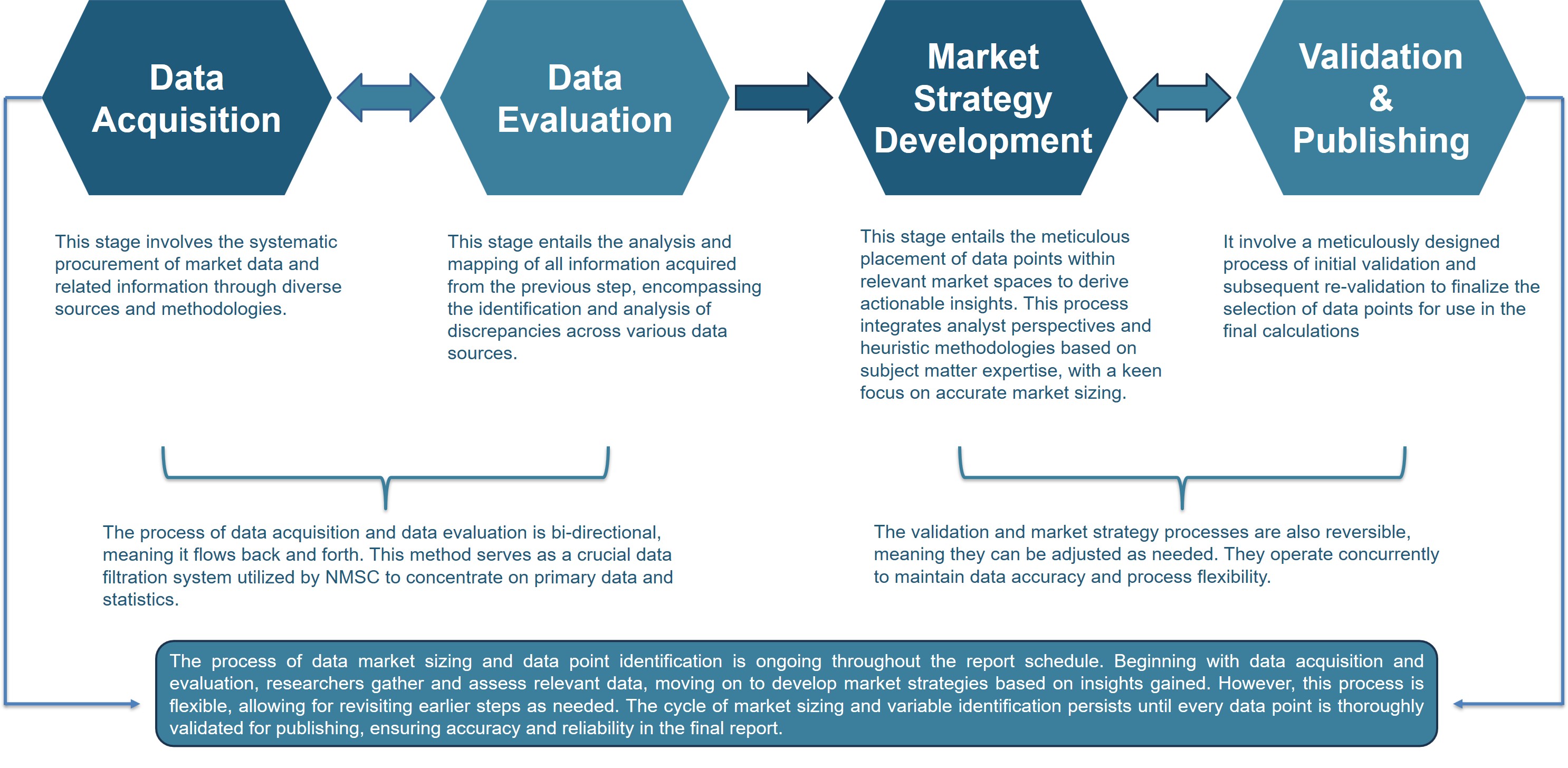



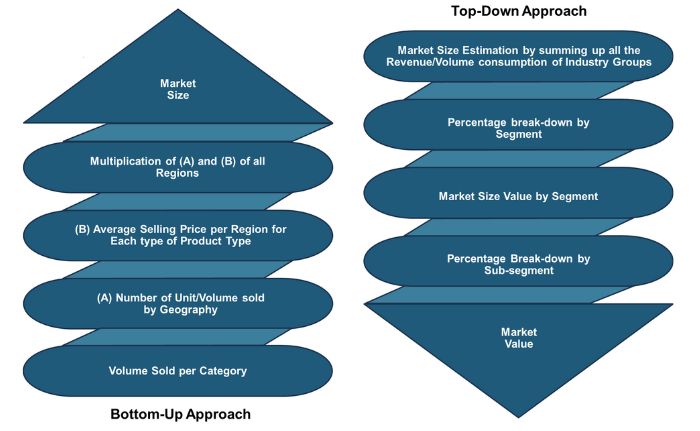
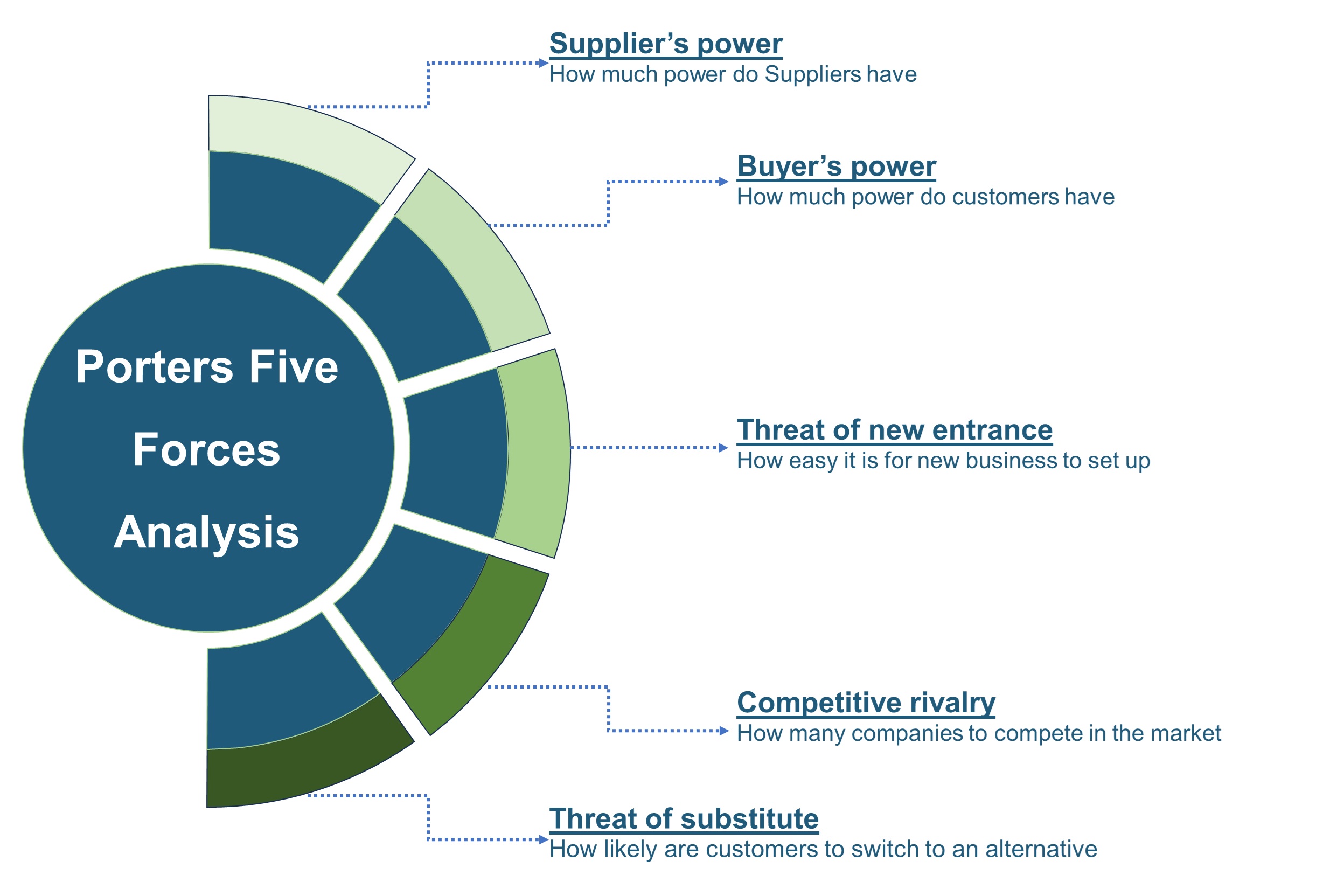
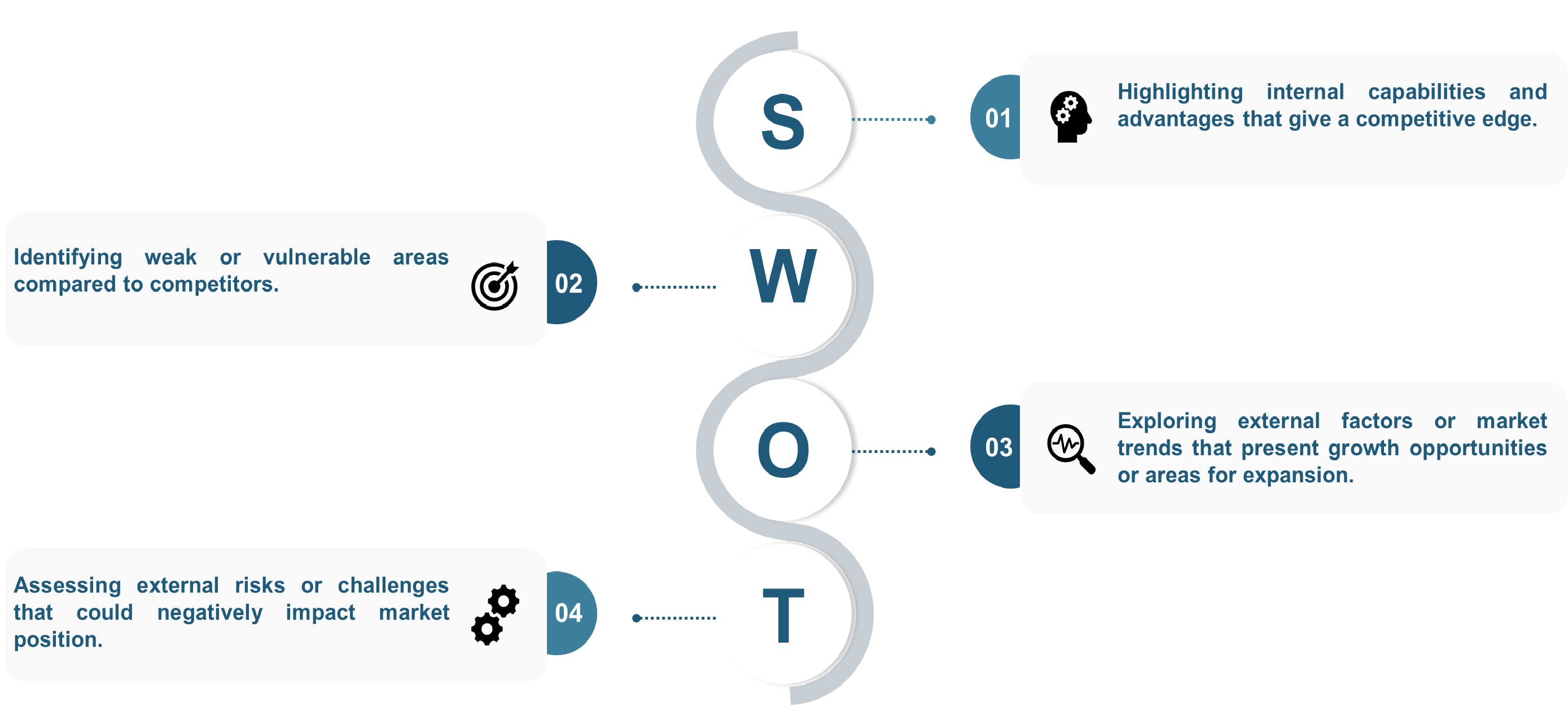
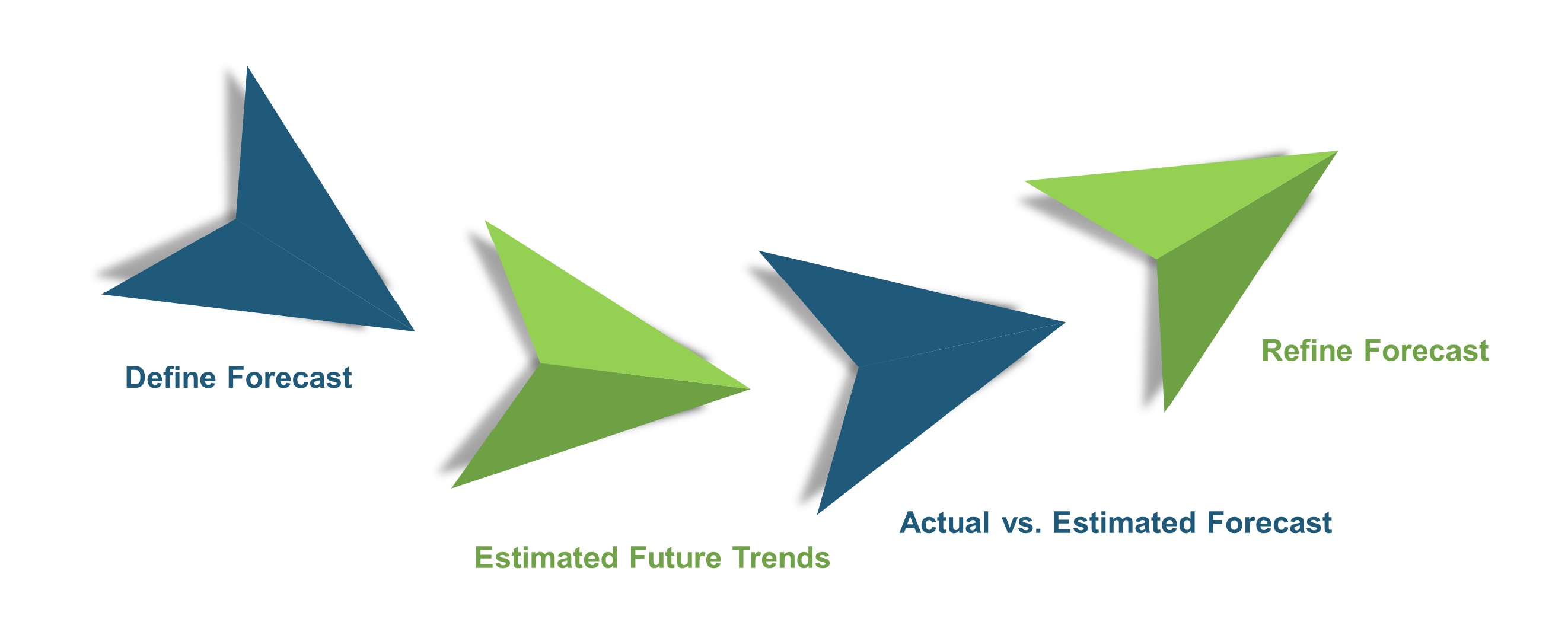
 Speak to Our Analyst
Speak to Our Analyst








